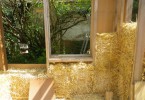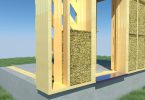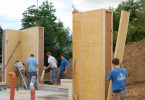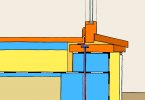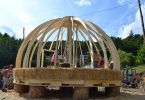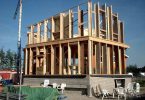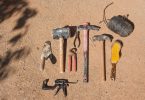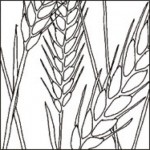 Objectives:
Objectives:
Trainees …
- understand and are able to explain the three general different construction options of
- direct-plastering (loadbearing and hybrid, NSS)
- planking on one side (hybrid, NSS)
- planking on both sides (infill, SSS)
- understand the needs for weather-protection, airtight and
windproof construction and moisture prevention - know the general low-energy and passive house principles
- know and are able to explain the dis-/advantages of the
different techniques according to the needs, budget, safety and
the building law
Methods:
- presentation, lecture
- practical training
- supervising training work
Theory:
- different structural options of infill and prefabrication
and their characteristics and bale requirements - fixing bales in different techniques
- compressing bales in different systems
- advantages and disadvantages of infill and
prefabrication techniques - details of connections: foundation, corners, windows
and doors, roof, etc. - preparing different surfaces for plastering
Practice/Task:
- working groups with 3–4 participants
- preparing the wood frame
- infill straw bales in standing position (“on edge”)
- compress the bales with different techniques
- fixing the bales in the construction
- airtight/windproof installation of a window
- shaving the bales, if necessary
- preparing bales/boards for plastering
Materials/Documents: U2 S2 – Session Plan
Training Time: 2 days

